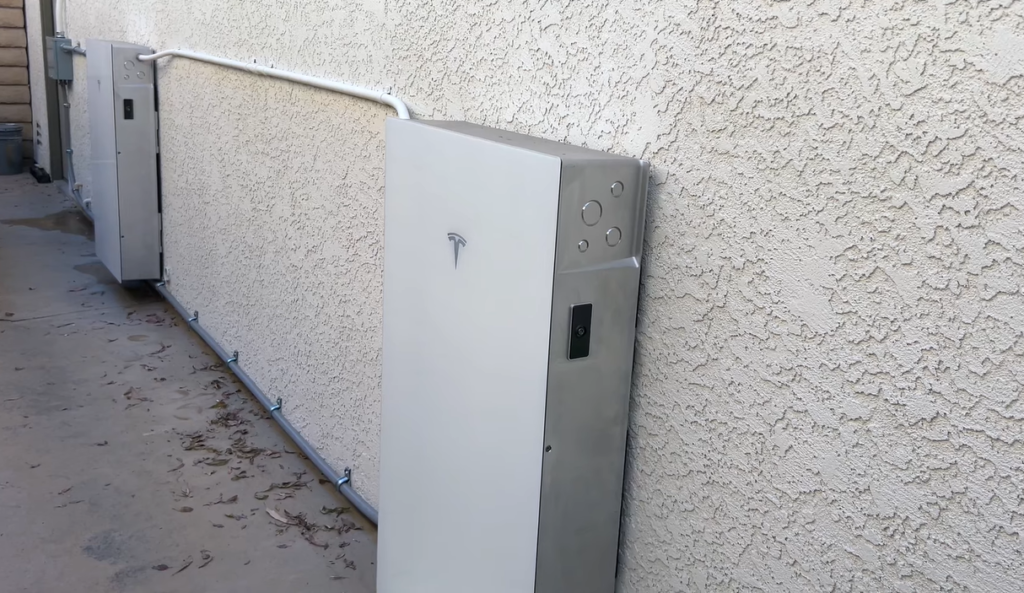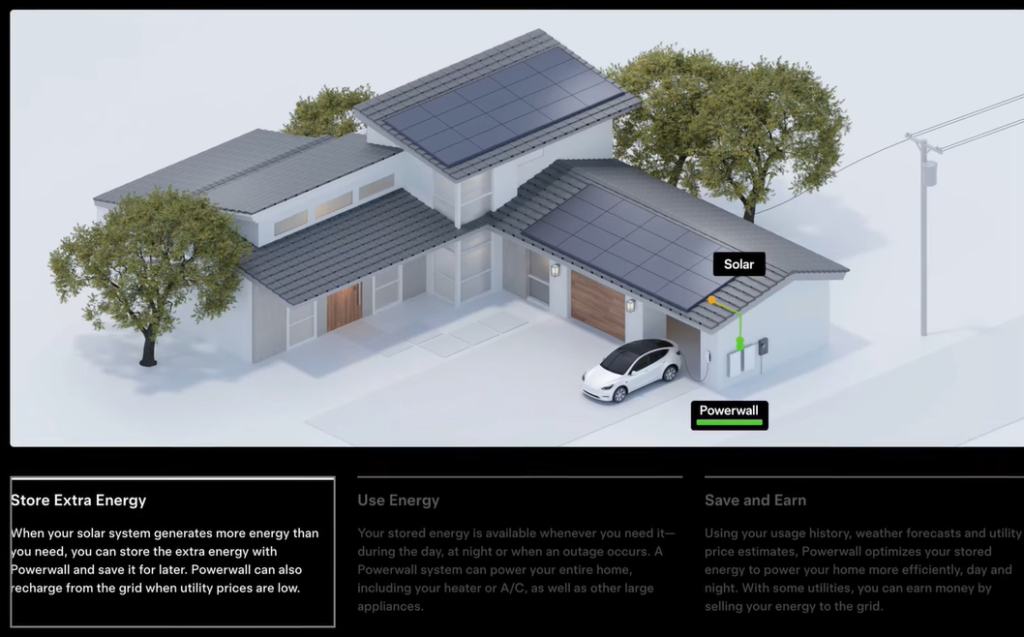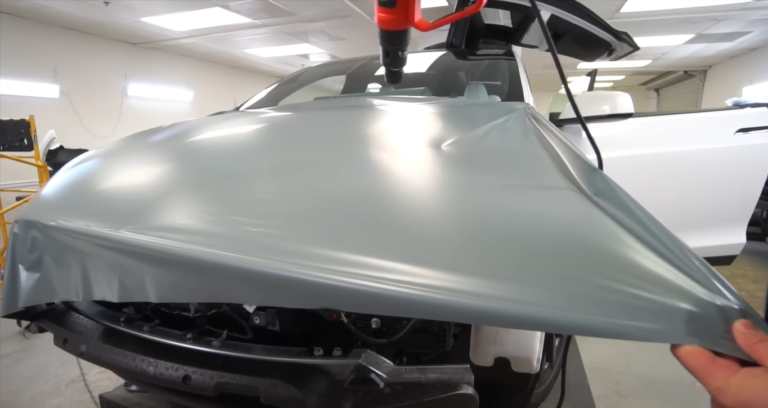Cost of Tesla Powerwall
In recent years, energy efficiency and sustainability have transcended beyond mere trends to become essential components of modern living. Among the pioneers in this shift is Tesla, prominently known for its electric vehicles. However, Tesla has firmly established its stake in the home energy market, particularly with its innovative Powerwall battery system. This article will take an in-depth look into the Tesla home battery cost, the cost of Tesla Powerwall, and the Tesla solar battery cost, all while exploring the numerous advantages that these systems offer.
What is Tesla Powerwall?
The Tesla Powerwall is a rechargeable lithium-ion battery designed to store energy for residential use. It can be charged using solar panels, electricity from the grid during off-peak hours, or a combination of both. The significance of having a Powerwall or a similar battery system at home becomes increasingly evident, especially during power outages, consecutive cloudy days, or peak rate times when energy costs soar.

The latest iteration, the Tesla Powerwall 3, boasts a capacity of 13.5 kWh, which is enough to power an average home for several hours, providing a critical backup for when the grid fails or your solar system isn’t producing energy. Understanding the capacity and the operational benefits of Powerwall gives insight into why the cost of Tesla Powerwall is often seen as an investment rather than a mere expense.
What Factors Influence Tesla Home Battery Cost?
When estimating the Tesla home battery cost, several factors come into play:
- Installation Costs:
The installation of a Powerwall requires professional assistance to ensure the system operates seamlessly with your existing electrical setup. The typical installation costs range from $1,000 to $3,000, depending on your home’s configuration.
Number of Units:Each Tesla Powerwall has a storage capacity of 13.5 kWh. A homeowner may choose to install one or more units based on their energy consumption needs. Thus, the more units you install, the higher the overall cost.
Solar System Compatibility:If you are incorporating a Tesla Powerwall into an existing solar system or planning to install one, this can affect the total cost. For instance, a typical solar panel installation can range from $15,000 to $25,000, which can compound the Tesla solar battery cost when combined with the Powerwall.
Permitting and Incentives:Local regulations may require specific permits for installation, which can incur additional fees. However, many states offer incentives and rebates for solar battery installations, which can help offset some costs.
Home Energy Usage:The more energy-efficient your home is, the less you’ll need to depend on your Powerwall, which can influence how many units you decide to install.
Breaking Down the Cost of Tesla Powerwall
To get a clearer picture of the cost of Tesla Powerwall, let’s break it down:
- Unit Price: As of now, a single Tesla Powerwall 3 is priced at approximately $11,500, excluding installation costs.
- Installation Costs: An estimated $1,500 to $3,000 may be added for installation, leading to a total of around $13,000 to $14,500 for a single unit.
- Additional Units: If you need more storage, the cost will increase proportionally. For example, two Powerwalls could run you between $25,000 to $29,000, factoring in installation.
- Long-term Savings: While the initial investment may seem hefty, the potential savings on energy bills, particularly if you are utilizing solar energy, can make it worthwhile in the long run.
By storing solar energy generated during the day, homeowners can significantly reduce their reliance on grid power during peak hours when rates are highest. This leads us to the discussions of Tesla solar battery cost and how they can effectively lower your monthly electricity bills.
Benefits of Tesla Powerwall Installation
Now that we’ve established the Tesla home battery cost, it’s crucial to understand why many homeowners are opting for this system. Here are some key benefits:

1. Energy Independence
One of the most significant advantages of installing a Tesla Powerwall is energy independence. By generating and storing your energy, you can reduce your reliance on the grid. This is particularly beneficial during peak demand periods when energy prices are elevated. Homeowners can charge their batteries during the day when solar generation is high and use that stored energy in the evening when grid prices increase.
2. Backup Power Supply
Power outages can be disruptive and stressful. With a Tesla Powerwall, you can maintain power to your home during outages, ensuring that essential appliances and systems remain operational. The Powerwall can automatically detect a grid outage and switch to battery backup mode, providing seamless energy availability.
3. Increased Solar Utilization
Solar panels don’t produce energy at night. However, with a Tesla solar battery system in place, you can store excess energy produced during the day for use in the evening. This maximizes your solar system’s efficiency and minimizes the amount of energy purchased from the grid, effectively lowering your monthly utility bills.
4. Environmental Impact
By reducing dependence on fossil fuels and maximizing the use of renewable energy, Tesla Powerwalls contribute positively to the environment. Utilizing solar energy not only reduces your carbon footprint but also helps decrease demand for energy from non-renewable sources during peak hours.
5. Advanced Technology and Monitoring
Tesla Powerwalls come equipped with sophisticated technology that allows homeowners to monitor their energy usage in real time. The accompanying app provides insights into energy consumption, battery status, and the amount of solar energy generated. This allows you to make informed decisions about energy use while optimizing savings.
6. Real-Time Energy Management
The Tesla Powerwall integrates with your home’s energy systems, allowing you to manage your energy use intelligently. Homeowners can prioritize solar energy for home use while charging and discharging the battery optimally.
Long-term Considerations: Is it Worth It?
When weighing the Tesla home battery cost, it’s essential to consider the long-term benefits and savings. While the initial investment can be high, the ability to store energy, maintain usage during outages, and reduce electricity bills can translate to significant savings over time. Furthermore, as energy prices continue to rise, more homeowners are recognizing the financial sense in investing in battery technology.
Potential Savings Calculation
Let’s explore what potential savings might look like for a typical homeowner:
- Average Monthly Bill: Let’s say your monthly electricity bill is $200.
- Annual Electricity Cost: This would total $2,400 per year.
- Solar Generation: If your solar panels generate enough energy to cover 100% of your electricity needs, you could eliminate that $2,400 bill.
- Battery Usage: By utilizing the Powerwall to draw power from your solar panels during peak evening hours, you could offset costs further, leading to substantial annual savings over time.
Incentives for Going Solar
In addition to utility savings, homeowners should investigate available tax incentives, rebates, and financing options when considering the Tesla solar battery cost. Federal tax credits can help recoup some initial investment in solar panels and batteries. As policies frequently change, it’s wise to stay informed about local incentives that can lessen financial burdens.
Conclusion
As energy demands grow and the need for sustainable solutions rises, Tesla’s offerings in the solar battery realm—specifically with the Powerwall—become increasingly attractive. The Tesla home battery cost, while substantial, presents a smart investment for those looking to enhance energy independence, provide backup power, and reduce long-term energy costs.
With real-time monitoring and advanced energy management features, Tesla Powerwalls symbolize the future of home energy solutions. Every homeowner must evaluate their specific needs, possible savings, and the broader sustainability impacts to make an informed decision about integrating such technology into their lives.
If you’re contemplating getting a Tesla Powerwall, weigh the costs, evaluate your energy consumption patterns, and consider the potential benefits it could bring to your home and budget. With Tesla leading the charge in renewable energy solutions, investing in a Powerwall could be a transformative step toward a sustainable future.







